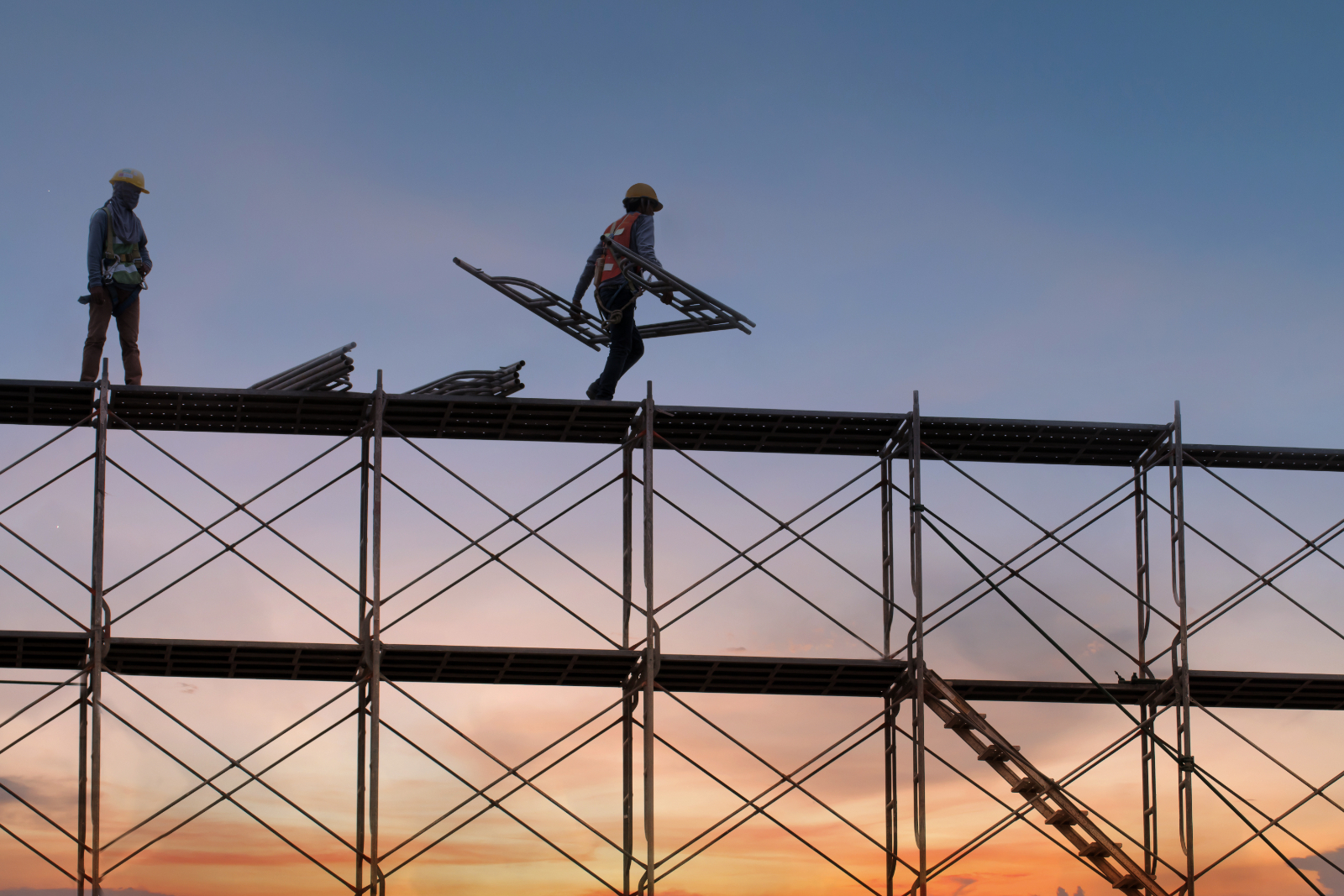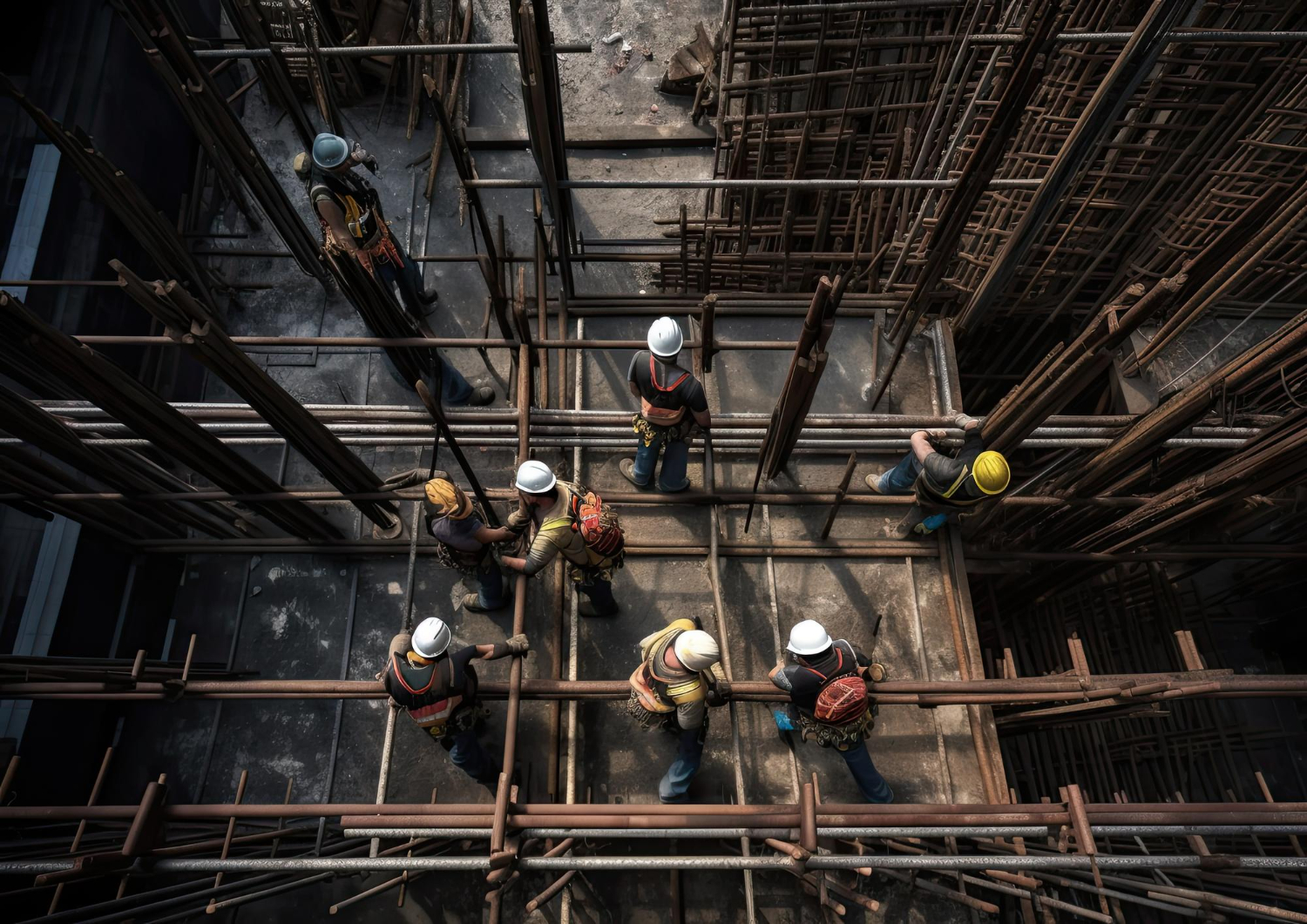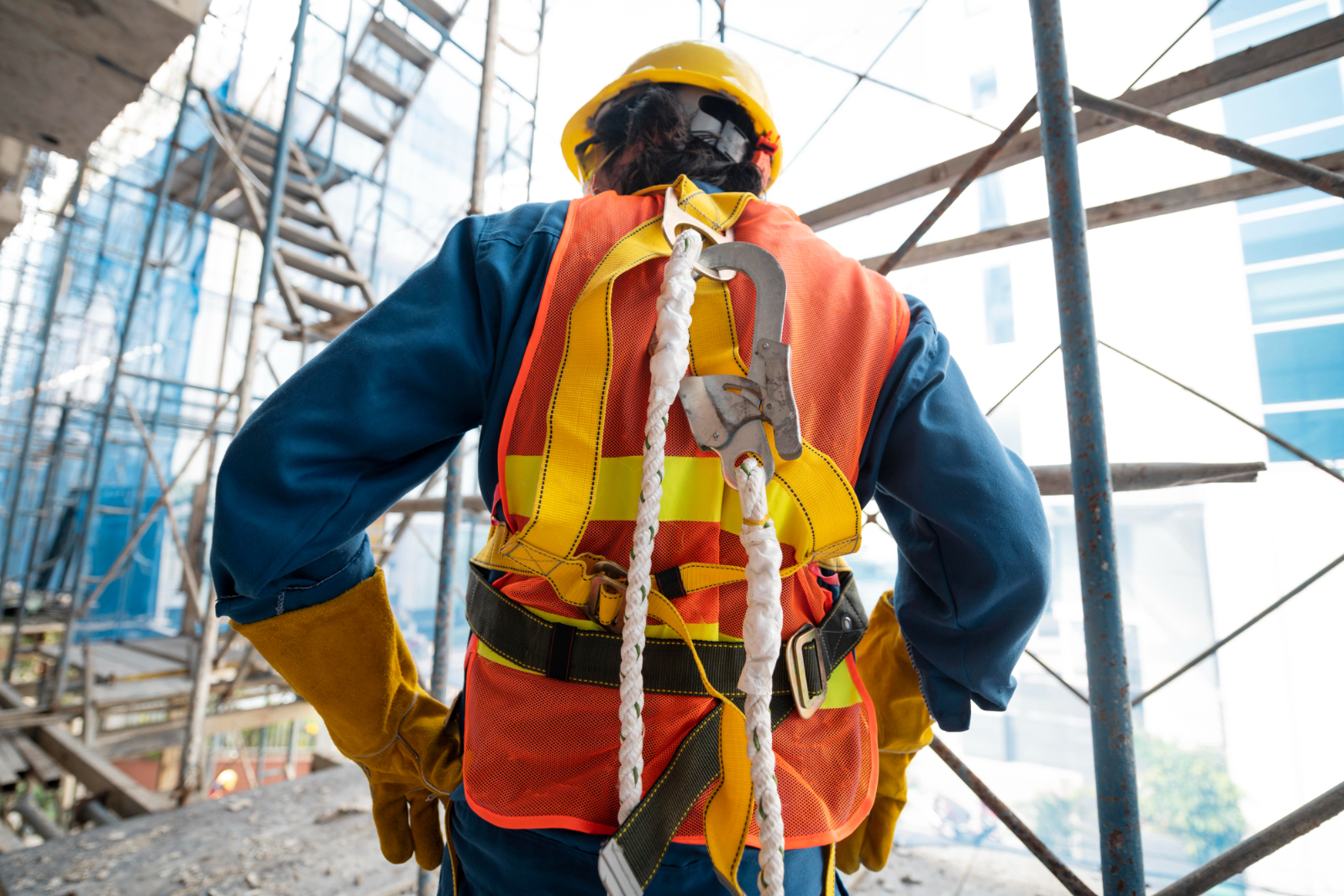This article explores the British standards for scaffolding. From design specifications to materials and assembly, our guide provides a detailed overview, empowering you with the knowledge to meet industry standards. Stay informed, stay compliant.
British Standards for Scaffolding
Scaffolding plays a crucial role in construction projects. It ensures safety and enables workers to access high elevations. In the UK, regulatory bodies have established British Standards for Scaffolding to guarantee the efficacy of these structures. These standards constitute requirements for design, materials, and safety measures of scaffolding.
The primary text outlining the British Standards for Scaffolding is the BS EN 12811-1, which is a universal document providing crucial details about these standards. This document covers everything from load capacities and structural design to the variety of materials approved for use. It ensures that scaffolding structures are strong, safely erected, and fit for purpose.
British standards are not negotiable; they are obligatory for all scaffolding operations. If companies fail to conform to these regulations, projects can be delayed or even fined for non-compliance. Therefore, it is crucial for every construction project to comply with these standards to ensure optimal safety and efficiency.
Key Elements of Construction Preliminaries
When starting a construction project, there are several essential preliminary considerations. These include arranging scaffolding according to British standards, procuring the necessary plant and equipment, and setting up site facilities and utilities.
Labour and staff should be diligently recruited, taking the necessary time to create clear job roles complete with their associated responsibilities. Upholding health and safety is absolutely vital on all sites, underlining the essential necessity for regular inspections and thorough risk assessments.
Adherence to safety guidelines and protocols is a mandatory requirement, and should be strictly enforced. This will ensure a safe work environment, promote efficiency and reduce the risk of accidents or incidents occurring.
It also helps in protecting both the company and its workers from potential legal complications. This approach to workforce management is vital for the success and professional image of any project.

Site security, insurance, and bonds are other significant elements to consider. Theft on construction sites can lead to significant losses, therefore securing the site, tools, machinery, and equipment is crucial. Insurance and bonds, on the other hand, provide a safeguard against potential financial risks.
Project management and supervision play a crucial role in ensuring the efficient and successful completion of any given work. They assist in coordinating various tasks, monitoring progress, and ensuring overall efficiency. In addition, statutory requirements, which include obtaining necessary permissions and meeting legal obligations stipulated by the law, must also be fulfilled.
For instance, securing building permits and adhering to health and safety regulations. These processes are vital for keeping the work on track, preventing legal issues, and ensuring a project gets completed within its deadline without compromising on quality. Finally, processes for site mobilisation and demobilisation need to be clearly defined and implemented. Each of these elements plays a crucial role in setting solid groundwork for the ensuing construction project.
Do I Need A Licence?
Setting up scaffolding is a crucial element of many construction jobs. It provides a safe work platform for teams carrying out work at height. However, in certain circumstances, the erection of scaffolding may require a licence. This is particularly the case when the scaffolding is set up in such a way that it is likely to project onto, or overhang the public roads or paths.
The licence for setting up scaffolding is typically obtained from your local council. This is to ensure that local government has oversight of activities that may affect pedestrian or vehicle movement, or the general public safety. It's important to note that if your scaffolding set-up doesn't have an impact on or isn't encroaching upon public areas, then a licence will typically not be required.
Nonetheless, avoiding inconvenience or potential hazards to public movement or safety remains paramount. However, the precise rules and restrictions around scaffolding may vary between local councils. Therefore, it's always a good idea to check with your local council to confirm whether you need a licence for your specific scaffolding situation.
They can provide you with clear guidelines specific to your location, ensuring you're following all legal requirements and maintaining public safety. In addition to checking with your local council, it would also be prudent to speak with a representative.
At Northampton Scaffolders, our team is knowledgeable about scaffolding rules and regulations and can provide guidance on whether your particular set-up requires a licence. They can also provide insights into other compliance requirements and good practices when it comes to working with scaffolding.
Remember, safety and adherence to regulations are of utmost importance in construction work. So, make sure you're clear on the licensing requirements before you start erecting any scaffolding. Keep open communication with both your local council and your representative, and ensure the successful, compliant completion of your construction project.
Scaffolding Alternatives
Scaffolding has long been a favoured option for construction projects, due to its robustness and reliability, but that doesn't mean it's the only choice on the table. Depending on the scale and nature of the project, other alternatives may be worth consideration.
For instance, mobile elevated work platforms (MEWPs) can often be an effective solution, especially in smaller projects with limited timescales. These systems are extremely flexible, offering mobility and height that permit ease of access to hard-to-reach areas.
However, like any working at height equipment, MEWPs do come with their own set of potential risks. It's vitally important that any personnel operating the equipment are thoroughly trained and always operate the machine within its safe working parameters.
Ladders can also be highly practical for minor tasks or short-term work. Again, though, safety precautions are key. Misusing ladders can result in increased potential for falls and injuries.
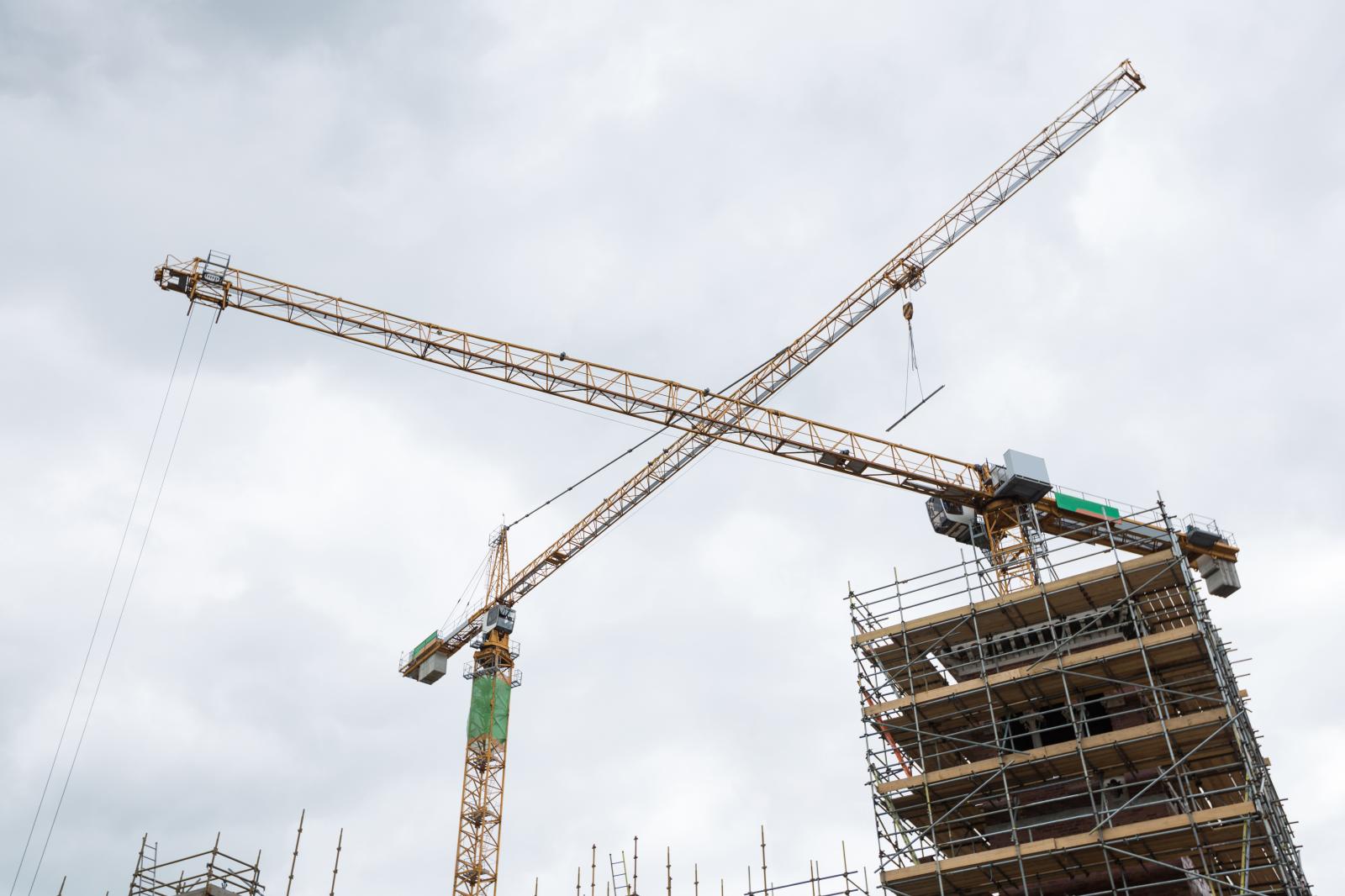
Regardless of the method chosen, it's essential to adhere strictly to the appropriate safety and procedural regulations, with the British Standards for scaffolding being a prime example in the UK. Adherence to these regulations is fundamental in minimising risks and ensuring the safety of all workers on the construction site.
The bottom line is, no matter what equipment is used, the safety of everyone involved should be the top priority. Let's not forget that new technologies and approaches may further add to these alternatives. With construction business getting more competitive, the industry may see even more innovative ways to reach heights in construction. Safety will, without doubt, remain an indispensable part of the equation and procedures such as those laid out by Northampton Scaffolders or other scaffolding businesses remain integral to the industry's operations.
Inspection of work equipment
Inspection of work equipment forms a crucial part of the overall scaffolding safety regime under the guidelines established by the British standards. The purpose of these regular inspections is to help guarantee that the deployed materials and equipment continue to be in a good condition, safe for personnel to use during their routine operations.
Under the appropriate directives, these inspections should be carried out by designated, competent persons. Their role involves the ability to identify potential issues that may threaten the safety and wellbeing of personnel on the site. These issues may range from structural flaws in equipment, signs of wear and tear, or a failure to meet the standards.
If an inspection reveals any such issues, it is essential that maintenance or replacement is implemented in a timely manner. Neglecting to act promptly can pose a risk to the individuals working on site, endangering their safety as well as productivity. Through proper adherence to this inspection regime prescribed under British standards, it is possible to prevent severe accidents that can cause collateral damage. Not only does this adherence play a vital role in maintaining the site's safety, but it also cultivates a culture of accountability and precaution within Northampton Scaffolders.
In conclusion, regular inspection of scaffolding equipment, carried out by competent individuals, ensures that the necessary safety standards are upheld. Prompt maintenance and replacement of faulty equipment contributes to a safer, more efficient work environment, aiding in the prevention of workplace accidents and improving the overall safety of the site under our company.

Pre-Construction Considerations
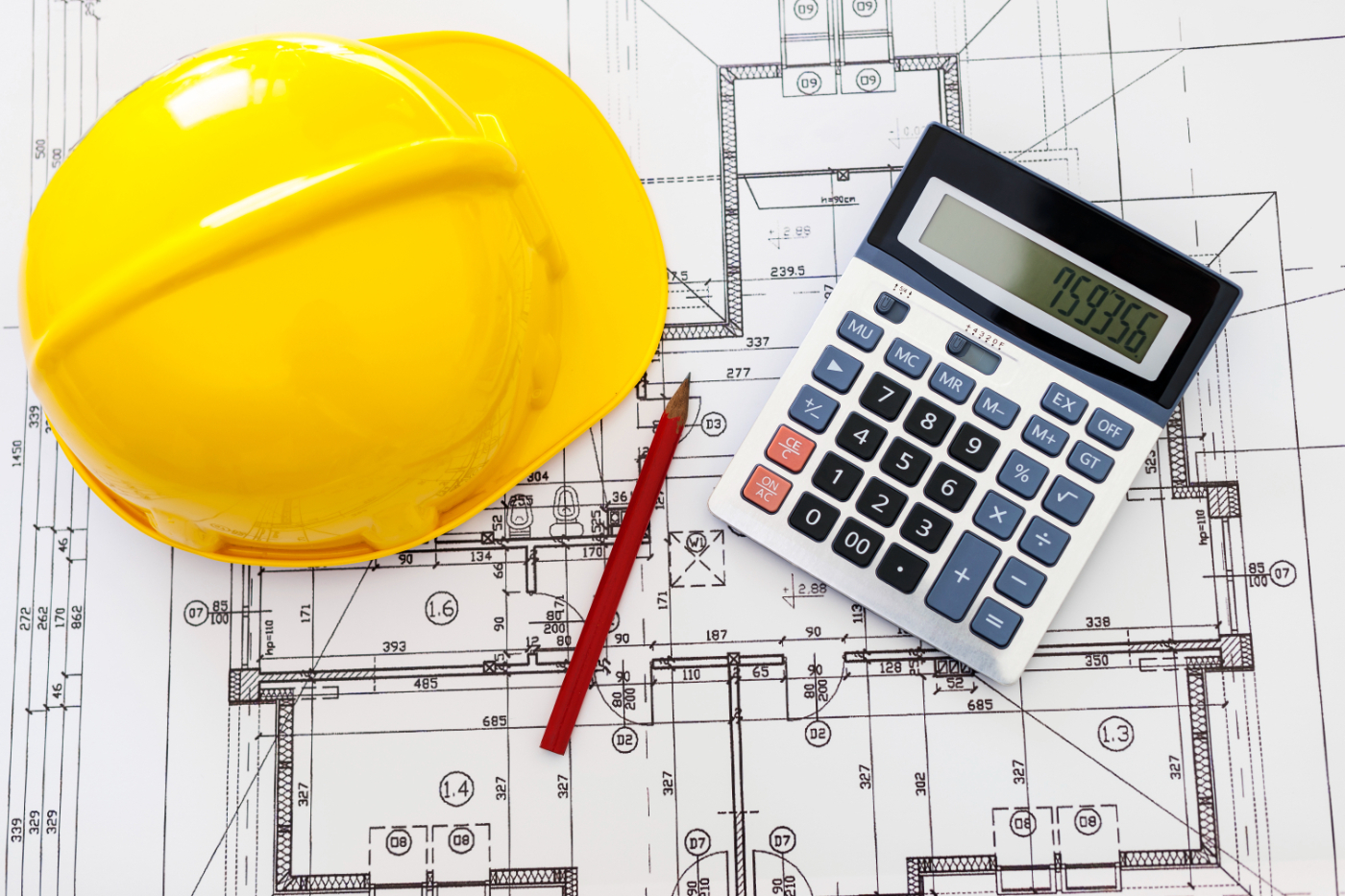
Regular Inspection Of Scaffolding
At Northampton Scaffolders, we offer a broad spectrum of scaffolding services for our customers in Northampton to hire. Our family-run business is fully qualified and has all the experience to deliver and install bespoke scaffolding and roofing covers. We complete scaffolding solutions for residential and commercial building projects.


